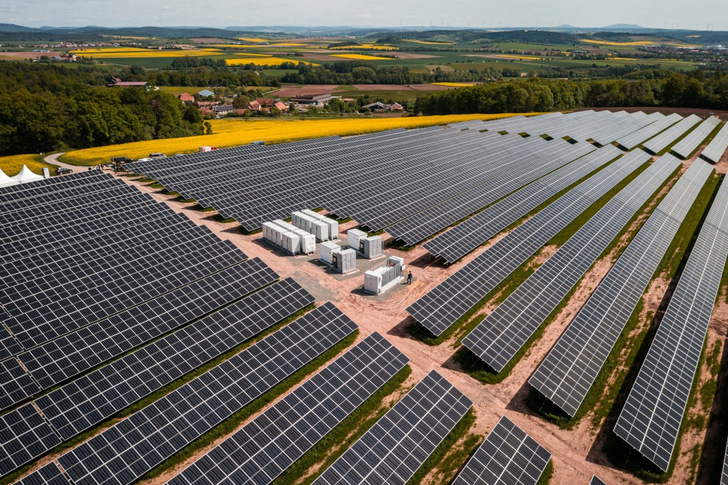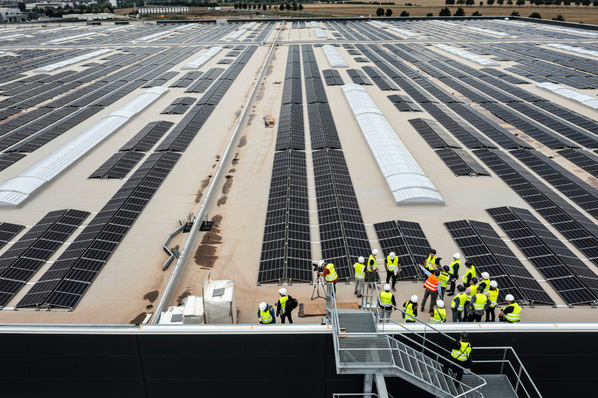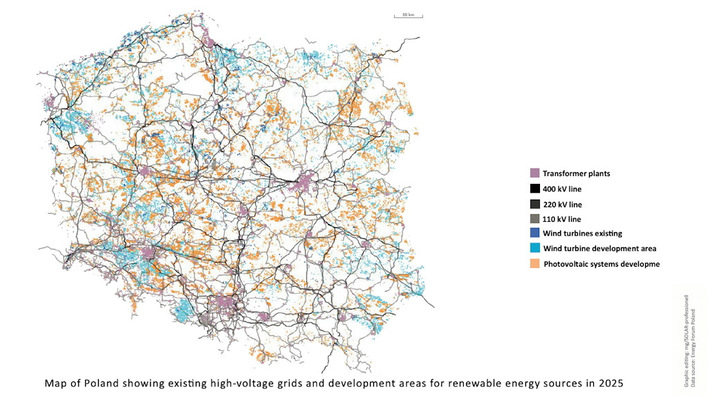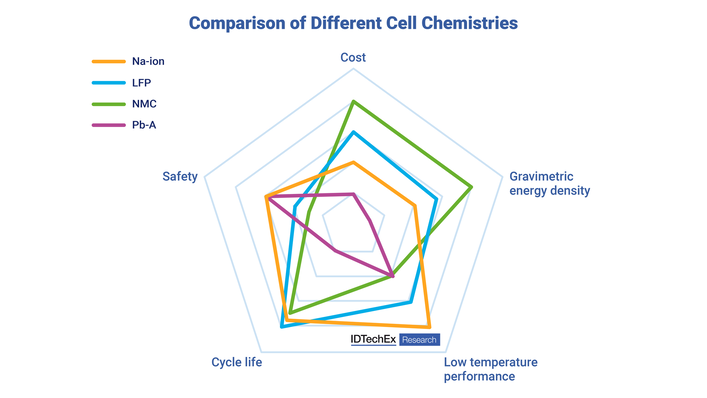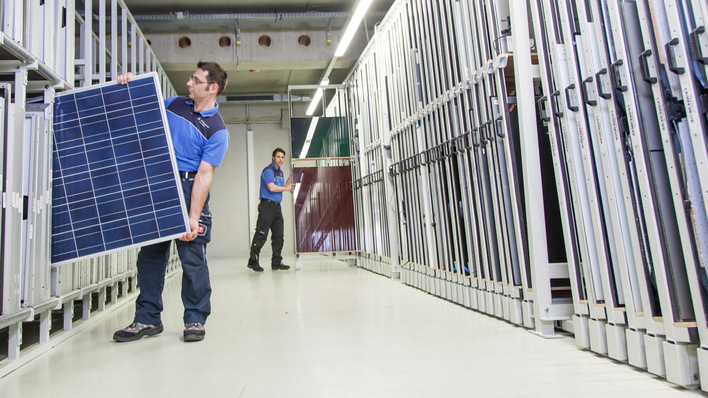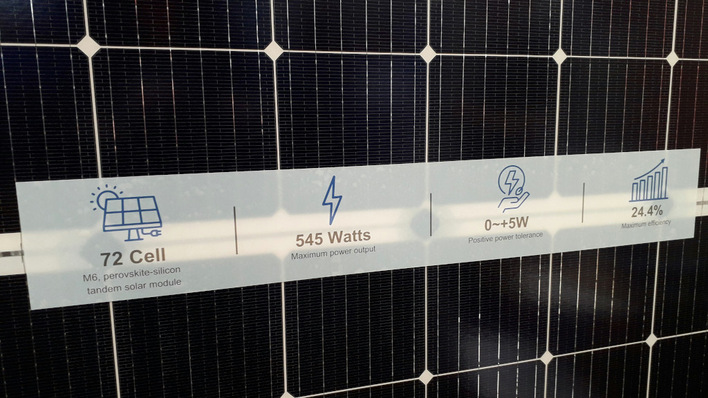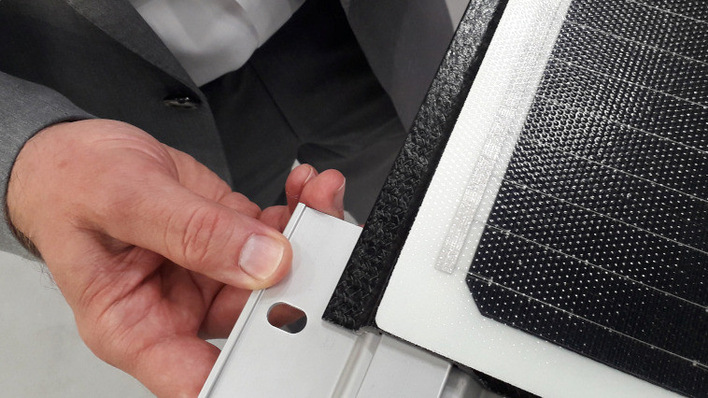Mr. Fürderer, as the Power Systems division of Rolls-Royce in Friedrichshafen under the product name mtu, you have decades of expertise, particularly in the production of diesel engines, whether for shipping, energy supply, industry, rail or the military. What comes after fossil diesel? Can your engines also be operated in a more climate-friendly way?
Armin Fürderer: Almost all of our stationary and mobile diesel engines have now been successfully tested and approved for operation with hydrogenated vegetable oils (HVO) or e-fuels. This means that they can run almost CO2-neutrally. And we have now also launched a new biogas engine for gas systems. In the future, the topic of e-methanol will be on our roadmap for shipping.
To what extent are HVO and e-fuels available?
Armin Fürderer: We are cooperating with Neste, one of the largest manufacturers of HVO. In the case of e-fuels, several larger production plants are now being built worldwide. And biogas is also available. We are also working on the development of hydrogen engines. In a pilot project at the Port of Duisburg, a stationary engine in combination with fuel cells that can be operated with both pure hydrogen and an H2 admixture is to be used in the near future.
Where are such engines already being used and what is the demand like?
Armin Fürderer: It's not yet mass business. However, we have a number of customers who have been using HVO in stationary engines for years in order to operate their systems in an almost CO2-neutral way. We have already sold quite a few. We can also add HVO to conventional diesel without any loss of performance. HVO is also playing an increasingly important role in the data center market; some of our customers are already using it or are thinking about switching to HVO. We see a future market for HVO and, in the medium term, e-methanol or other sustainable fuels in the rail and inland shipping sectors. Deutsche Bahn already successfully tested HVO three years ago and runs the majority of its locomotives on this sustainable fuel.

Rolls-Royce
One topic that is the subject of much discussion in connection with security of supply and base load capability in times of energy transition is flexible gas-fired power plants that can run on hydrogen and step in when there is not enough solar and wind power available. Will this soon be a major market for you? You also produce gas engines in Friedrichshafen?
Armin Fürderer: How the topic of large hydrogen peak-load power plants can be implemented is still being discussed in industry and politics. There is currently still a lack of clear framework conditions to make this economically attractive in the long term. In addition, the necessary network infrastructure is not yet available to the extent required, and the availability of green hydrogen must be drastically increased. We are a commercial company and have to adapt to reality and the market environment; our technologies are prepared for the transformation towards CO2 neutrality. As soon as the markets and demand develop accordingly, we will offer our sustainable products to our customers. Unfortunately, demand for individual technologies in our markets is not yet where we would like it to be. In principle, things are moving in the right direction, but of course they could go even faster. America is showing us how such a topic can be extremely accelerated. Currently, the reconversion of green hydrogen into electricity is not an issue; the focus is clearly on the production of green hydrogen. Sustainably produced hydrogen will largely be used in the process and steel industries or in e-fuel production. These are the areas where the leverage for sustainability is greatest.
Mr. Henker, what role do battery storage systems play for you, are you also active in this area?
Jan Henker: We are already seeing a larger market for battery systems, especially for large-scale battery storage systems for stationary energy supply and grid stabilization. We are investing heavily in this area and will continue to develop it further. Battery storage systems also ideally complement microgrids, which we often offer as hybrid solutions, be it with photovoltaics, wind power, gas CHP units or diesel generator backup.
In what power range do large-scale battery storage systems start for you?
Jan Henker: We offer different products and solutions. Battery systems in the mid three-digit kilowatt range for commercial customers who use photovoltaics and need a storage system to optimize their own requirements. The large storage systems then start at 10-20 megawatts. The projects in the storage sector are getting bigger and bigger from year to year. We recently completed the largest battery storage system in the Netherlands with an output of around 30 megawatts and a capacity of 64 megawatt hours to stabilize the electricity grid.
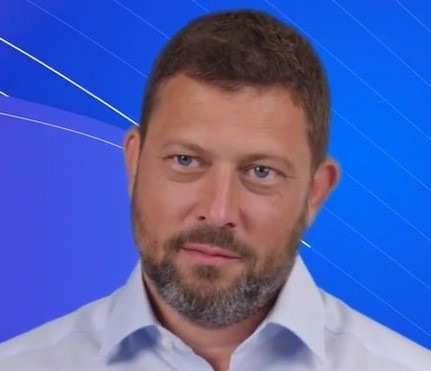
Rolls-Royce
To what extent do you manufacture the batteries yourself?
Jan Henker: The battery cells mostly come from Asia and are purchased parts for us. We do the packaging, design and system configuration in our own factories and with partners. Due to the size of the systems, many components only come together on site, as is usual in the project system business. The software for battery control and the energy management system, for example for microgrids, is very important in this context. We develop all of this intelligence at our sites in Friedrichshafen, Augsburg and Berlin.
Is there actually also a need for microgrids in this country or only in off-grid areas, somewhere far away, be it in Africa or Asia?
Jan Henker: Microgrids can also make sense and pay off in regions in Central Europe that are well developed in terms of infrastructure. For example, we are currently building a microgrid for a laundry in Bavaria. This is not just about supplying electricity, but also heat, be it for the washing water or the required steam. This calls for intelligent, integrated solutions that focus on different forms of energy, which can be supplied from various sources such as CHPs and PV, temporarily stored in storage systems such as batteries for electrical energy or buffer storage for heat and steam and then optimally used for operation. Then there is charging management, whether for industrial trucks or e-transporters and bidirectional charging. The challenge here is to reconcile the minimization of CO2 emissions and cost reduction. And this can only be achieved if these forms of energy are not viewed in isolation from each other, but integrated via intelligent energy management in such a way that the customer gets the best possible result.
The interview was conducted by Hans-Christoph Neidlein


